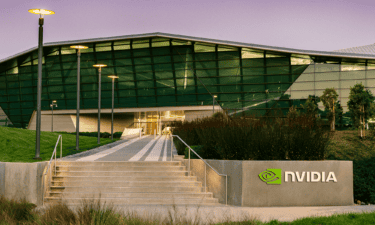We’re still about a year away from when Apple (NASDAQ: AAPL) will launch its 2020 iPhone, which is widely expected to include 5G. Expectations for that device are already running high, in part because the handset should get a makeover given that Apple has used the same industrial design for three product cycles. Meanwhile, wireless carriers are hard at work expanding 5G coverage, plunging billions into network upgrades so that 5G handsets can take advantage of those blistering data speeds.
However, one analyst isn’t impressed.
5G improvement may be imperceptible
In an interview with CNBC this week, Goldman Sachs analyst Rod Hall expressed doubts that the average consumer will even be able to discern a difference in real-world data speeds. Hall also believes that Apple took a conservative approach this year when building up its inventory levels after ordering too many iPhones from suppliers during the last product cycle.
“This year, we reduced channel inventory for iPhone slightly more than last year and that is true in total, and it’s true for Greater China as well,” CFO Luca Maestri said on the July earnings call. “So we feel very good about our channel inventory ranges as we get into the September quarter.”
That could also explain recent reports that Apple is boosting production. The Nikkei Asian Review reported last week that the company had increased production orders at contract manufacturers by 8 million units, or a 10% increase, thanks to better-than-expected demand for the iPhone 11 lineup. Additionally, the tech titan may be looking to import more iPhones ahead of a new round of tariffs that is set to take effect later this year, Hall believes.
Memory pricing has been favorable this year, which has helped pad Apple’s margins. Hall says that will give the company some flexibility to include 5G in 2020 without margins taking much of a hit.
“We call 5G a brand, not a feature, because we don’t believe most consumers will notice a difference,” Hall said. “The latency reductions in 5G are beyond anything a human can perceive; they’re really designed for machines.”
Humans cannot perceive latency below 10 milliseconds, according to Hall, so the expected improvement with 5G in latency from 10 milliseconds to 1 millisecond “won’t matter to you at all.” Instead, the analyst believes that 5G will be more targeted toward other use cases like industrial automation, the Internet of Things (IoT), and autonomous vehicles.
Goldman Sachs maintained its neutral rating and $165 price target. The investment bank had cut its price target last month over concerns around how Apple would account for its Apple TV+ promotion, as the company is giving away a free year of the video-streaming service bundled with hardware purchases.







